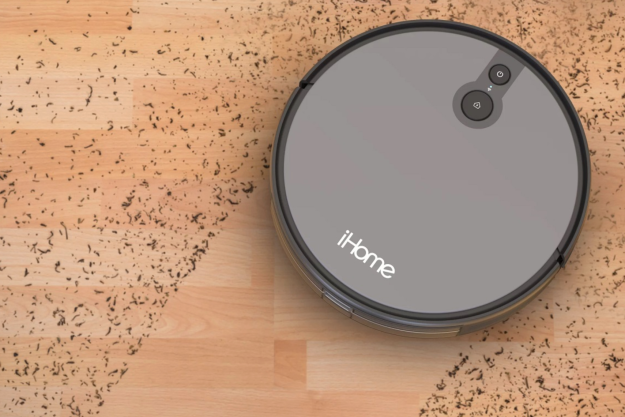There’s no denying that smart speakers have become integral gadgets for the home. You may even own one or more of them yourself. I myself count five different smart speakers just in my tiny apartment. However, I never really thought about the environmental impact of smart speakers until I started reviewing the most-recent-generation models. I’m not talking about the materials they’re constructed from, but rather, the packaging they come in — because there’s more to sustainability than the gadgets we live with day in, day out.
Most people don’t think twice about the packaging — it’s quickly discarded because the prize is the gadget. I’m guilty of this, too. But when you consider how widely accessible smart speakers are , especially low-cost models like the Google Nest Mini or the Amazon Echo Dot, the gravity of all those packages being discarded really becomes apparent when you think about how many of them are sold yearly.

Consider smart speaker sales in 2020, which saw record numbers everywhere as more people started working from home. According to a report from Strategy Analytics, the pandemic seemingly helped sales of smart speakers to surpass 150 million units in 2020. That figure is astonishing if you think about how much of the packaging from those smart speakers is likely just discarded. If you’re concerned about the environment (and future, too) like I am, you probably ended up recycling the package.
Let’s take the redesigned Amazon Echo (4th Gen) smart speaker as an example of how it all quickly adds up. Weighing in at a total of 1,343 grams, the bulk of the weight comes from the speaker itself — a solid 960 grams — while the accompanying power cord tacks in an additional 138 grams. Combined, they both contribute to about 82% of the package’s total weight. The 18% that’s left over is strictly packaging.
As you can see from the chart below, there’s not a whole lot of substance in terms of the packaging. Think about it, 237 grams (or a little over 0.5 pounds) doesn’t seem like a whole lot, but when you consider how many of these are sold on an annual basis, that’s when reality hits that it does add up — eventually.
Amazon Echo (4th Gen) packaging
| Component | Weight (in grams) |
| Amazon Echo (4th Gen) speaker | 960 |
| Power cord | 138 |
| Rubber band around power cord | <0.1 |
| Plastic #4 wrap around speaker | 5 |
| Tape | <0.1 |
| User guide | 18 |
| Important information | 8 |
| Cardboard packaging | 206 |
Let me be a little conservative here and assume that Amazon is able to sell 50,000 units of its Echo smart speaker in a year, which is a small portion of the combined 16.5 million units of smart displays and smart speakers that Strategic Analytics reported that Amazon shipped for the fourth quarter of 2020. The total amount of package waste would amount to 25,000 pounds. I know how much half a pound feels on my hand, but 25,000 pounds is mind-boggling to fathom — and that’s on the conservative side.
Thankfully, companies are more vigilant than ever when it comes to the sustainability of not only their products, but the packaging as well. Let’s face it, very few people keep the packaging around. Diving deeper into the contents, the majority of the Amazon Echo’s (4th Gen) packaging is recyclable. In fact, Amazon details on its site that “99% of this device’s packaging is made of wood fiber-based materials from responsibly managed forests or recycled sources.”
That’s wonderful for the planet, but the more important point I want to make here is being mindful at the start about sustainability. The cardboard packaging is easily recyclable — it’s something that most towns accept through their respective recycling program — plus, you can also recycle the user guide and important information pamphlets when the time comes.
The only challenges are the plastic wrap, rubber band around the power cord, and piece of tape that seals the Amazon Echo’s packaging. Since the plastic wrap is made from low-density polyethylene, evident by the plastic 04 label on it, recycling it isn’t as easily achieved. Where I live, you can’t include it with the weekly plastic recycling pickup. Instead, I have to travel to my local grocery store, where they offer plastic bag recycling. As for the rubber band and tape? Well, that’s something that for me goes straight to the trash bin.
So, why am I mentioning all of this? The shipment figures mentioned above are sobering. When you tally up the potential waste, I’m somewhat relieved that popular gadgets such as smart speakers have responsibly designed packages for less waste. Now, the only problem is changing peoples’ habits about recycling — some people are super meticulous, while others simply don’t seem to care.
Editors' Recommendations
- The wall-mountable Echo Show 15 will rule your smart home
- Amazon goes spherical for its refreshed Echo smart speakers
- Amazon introduces a portable, battery-powered Echo smart speaker in India
- B&H bundles Bose SoundTouch 10 and Amazon Echo Dot in smart speaker deal








